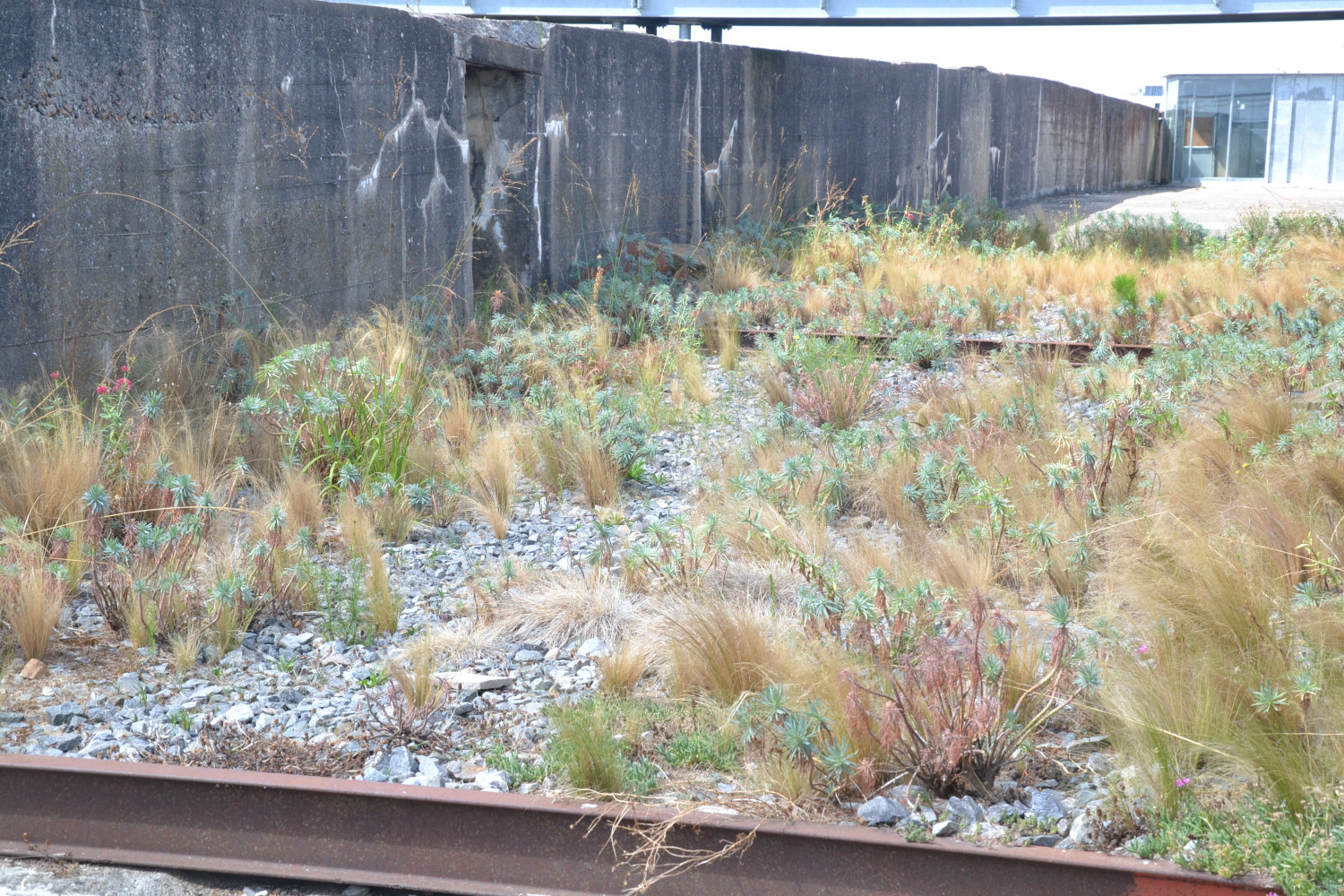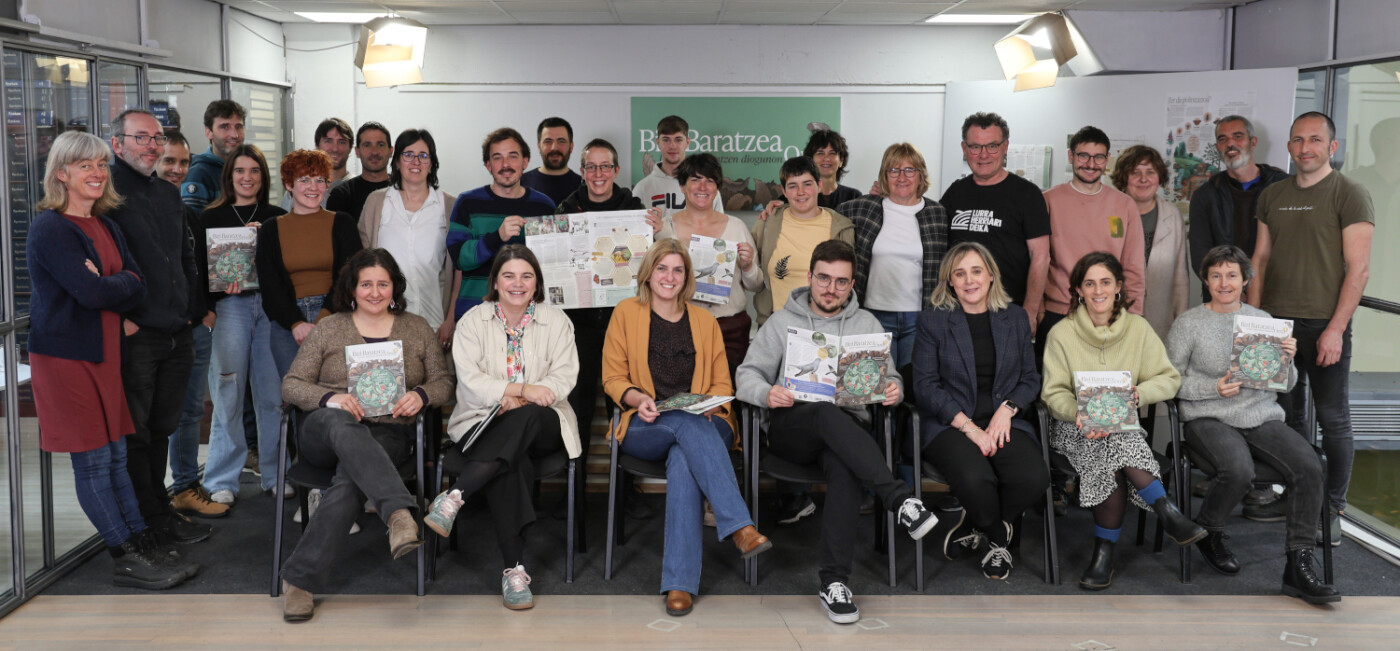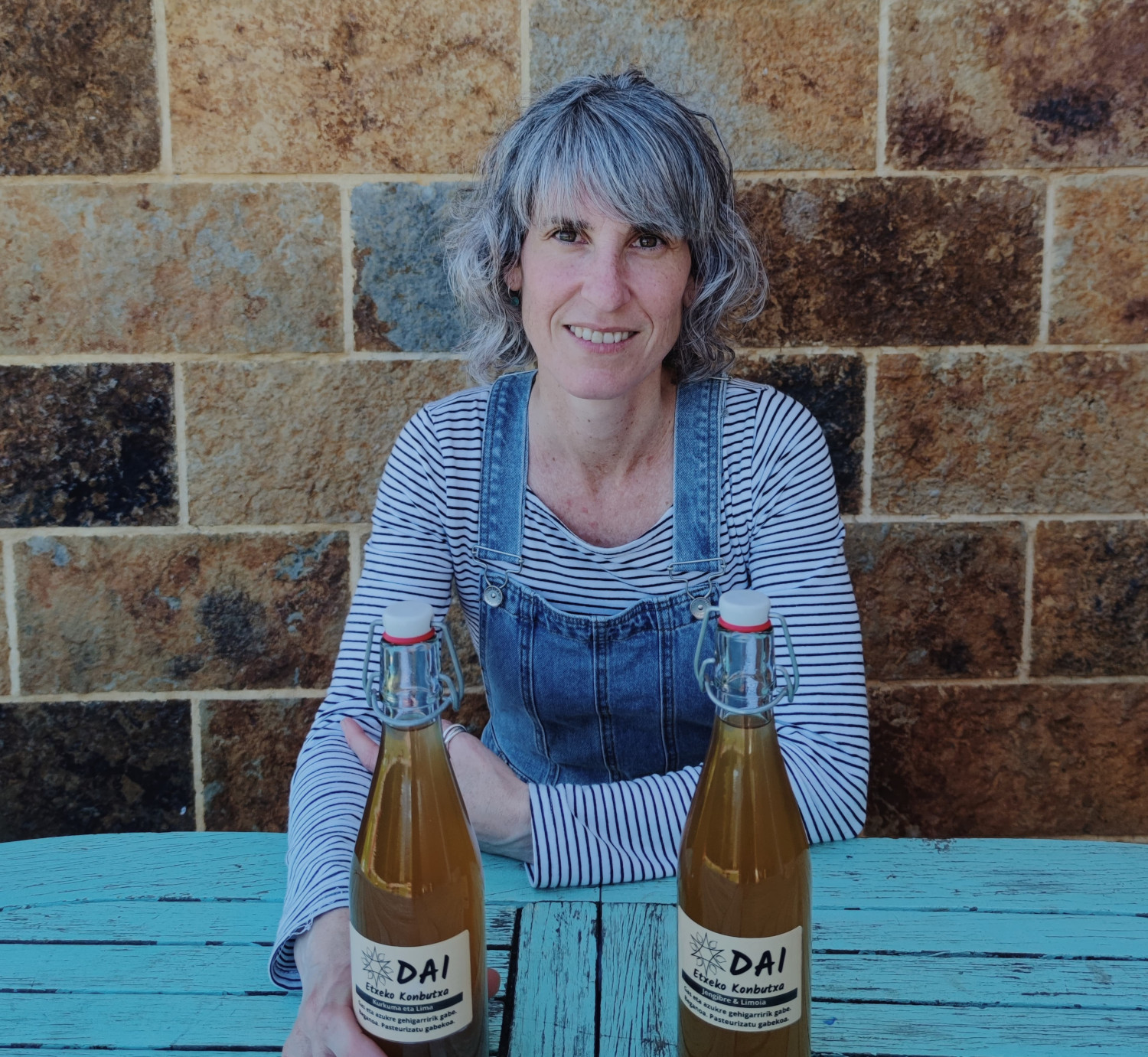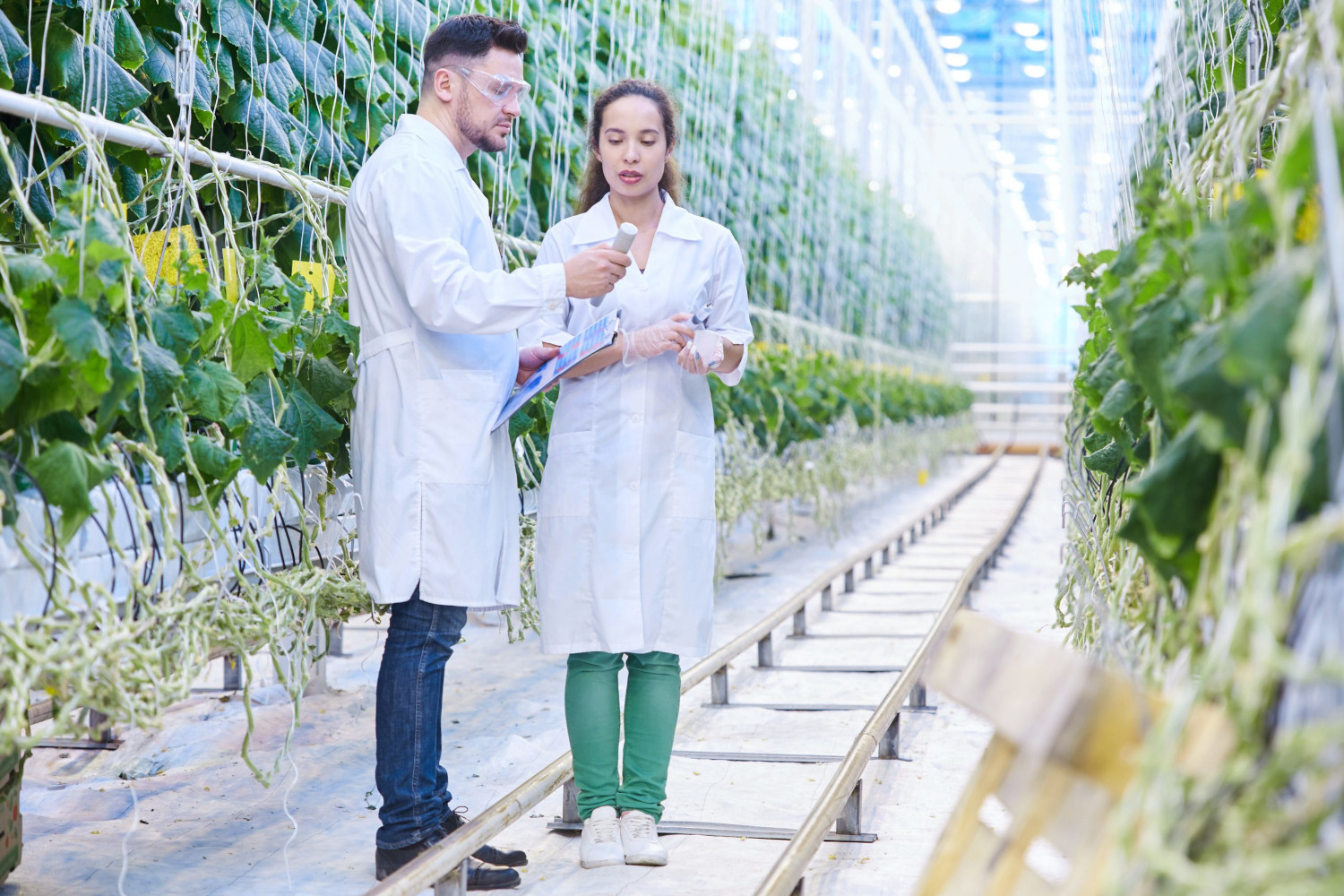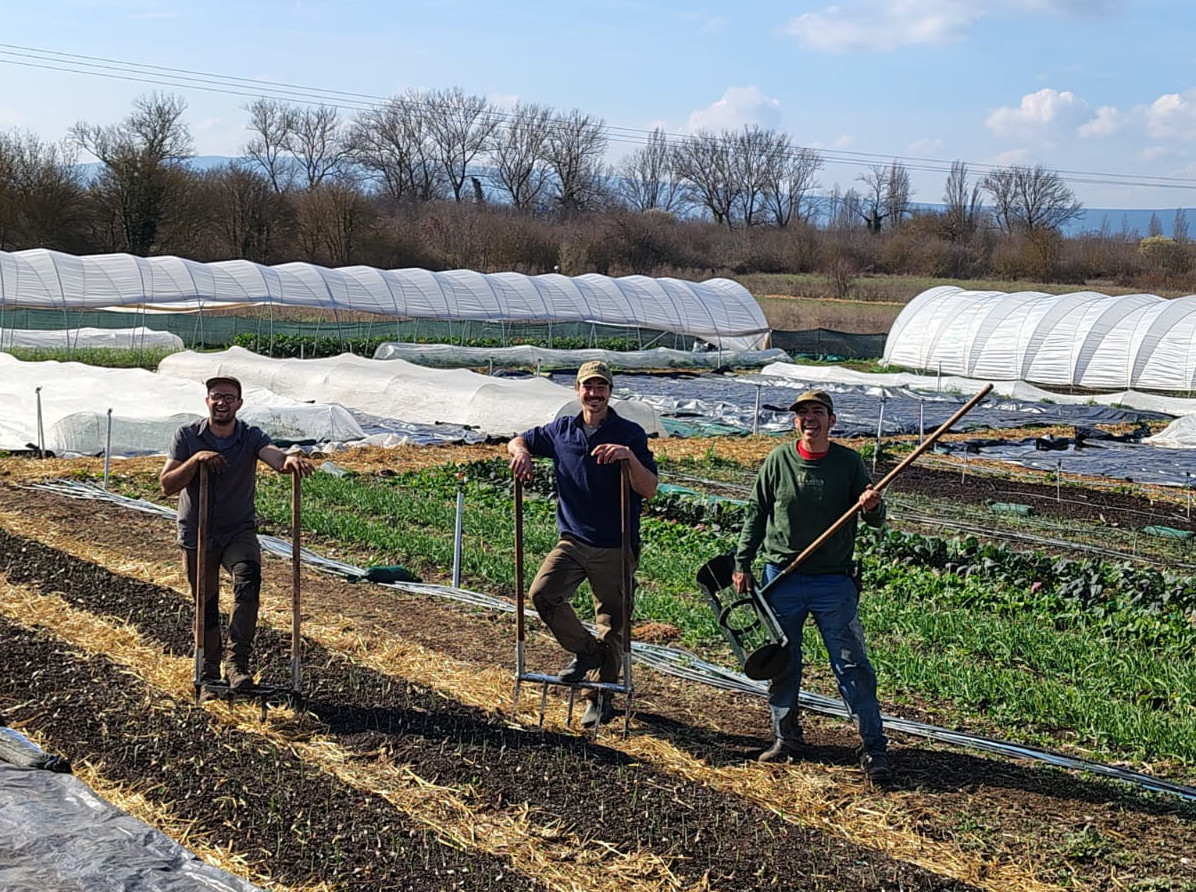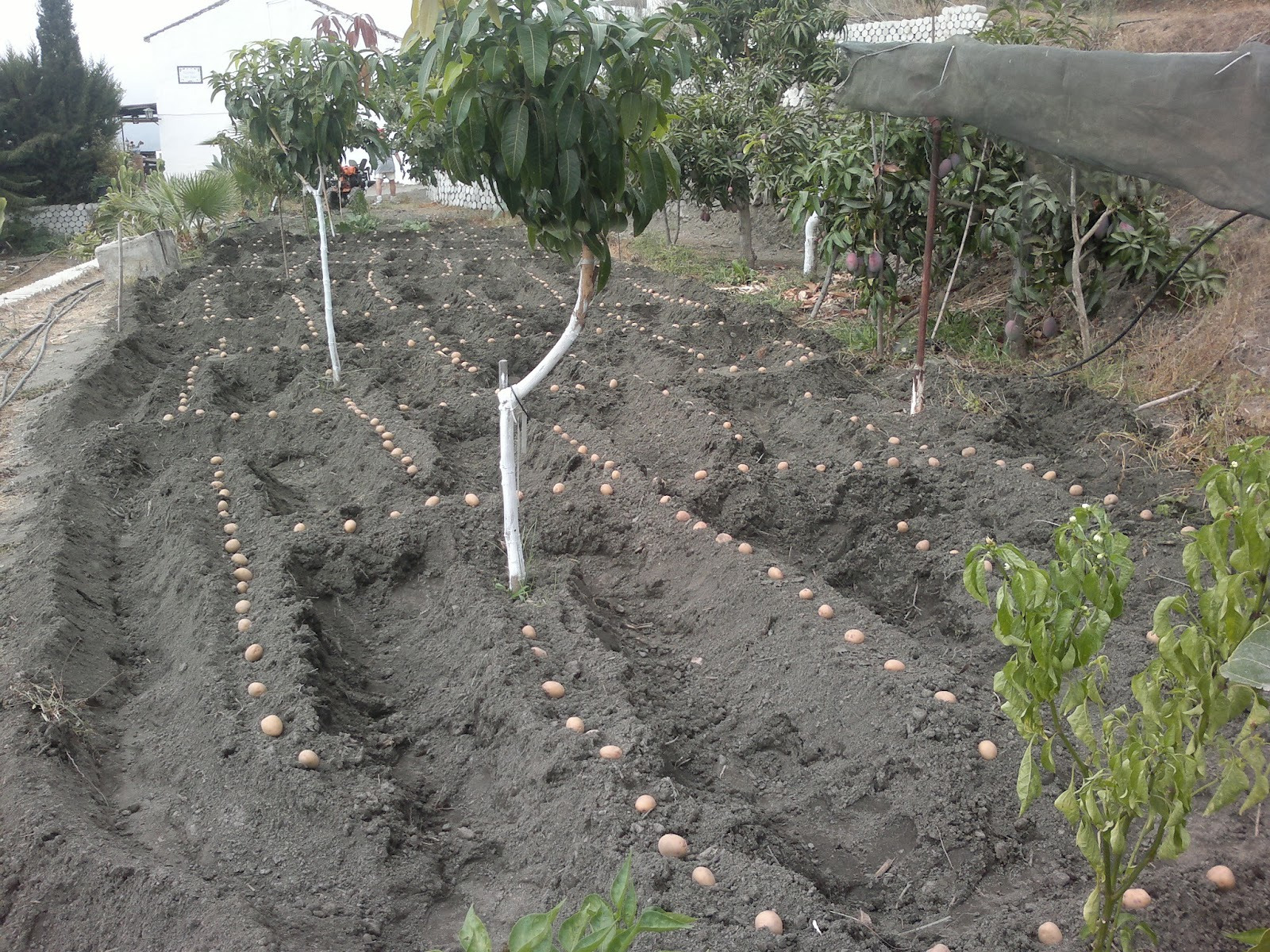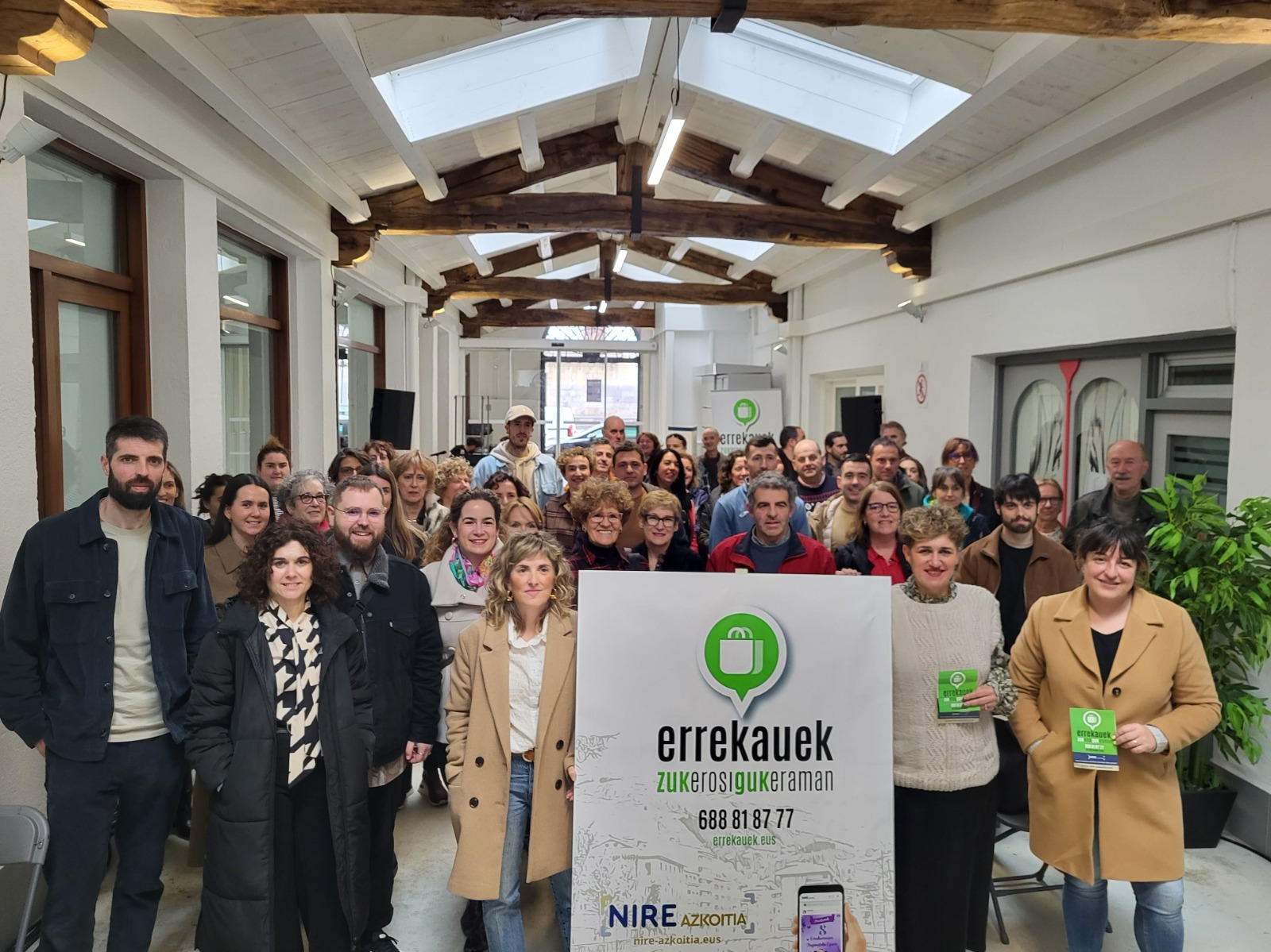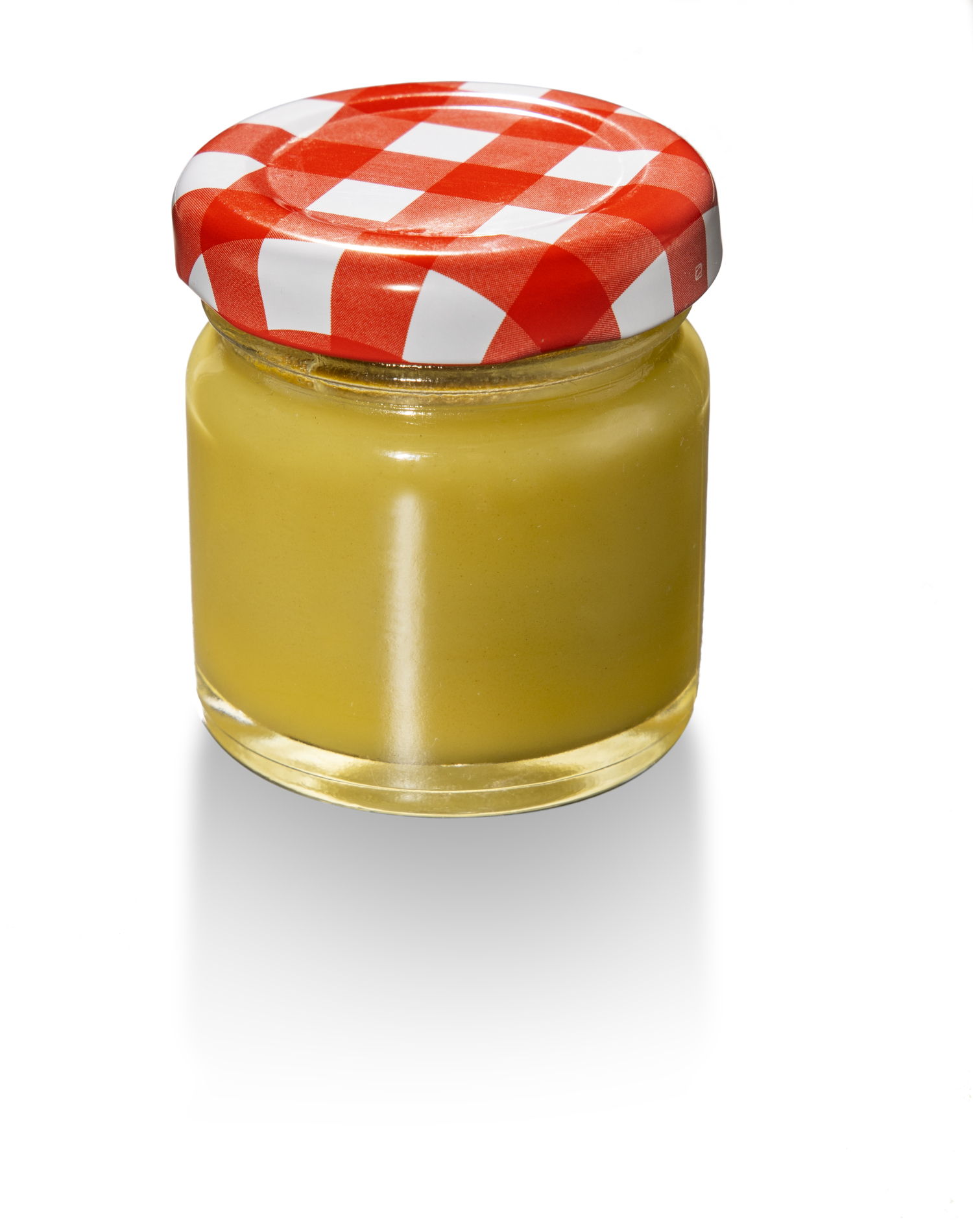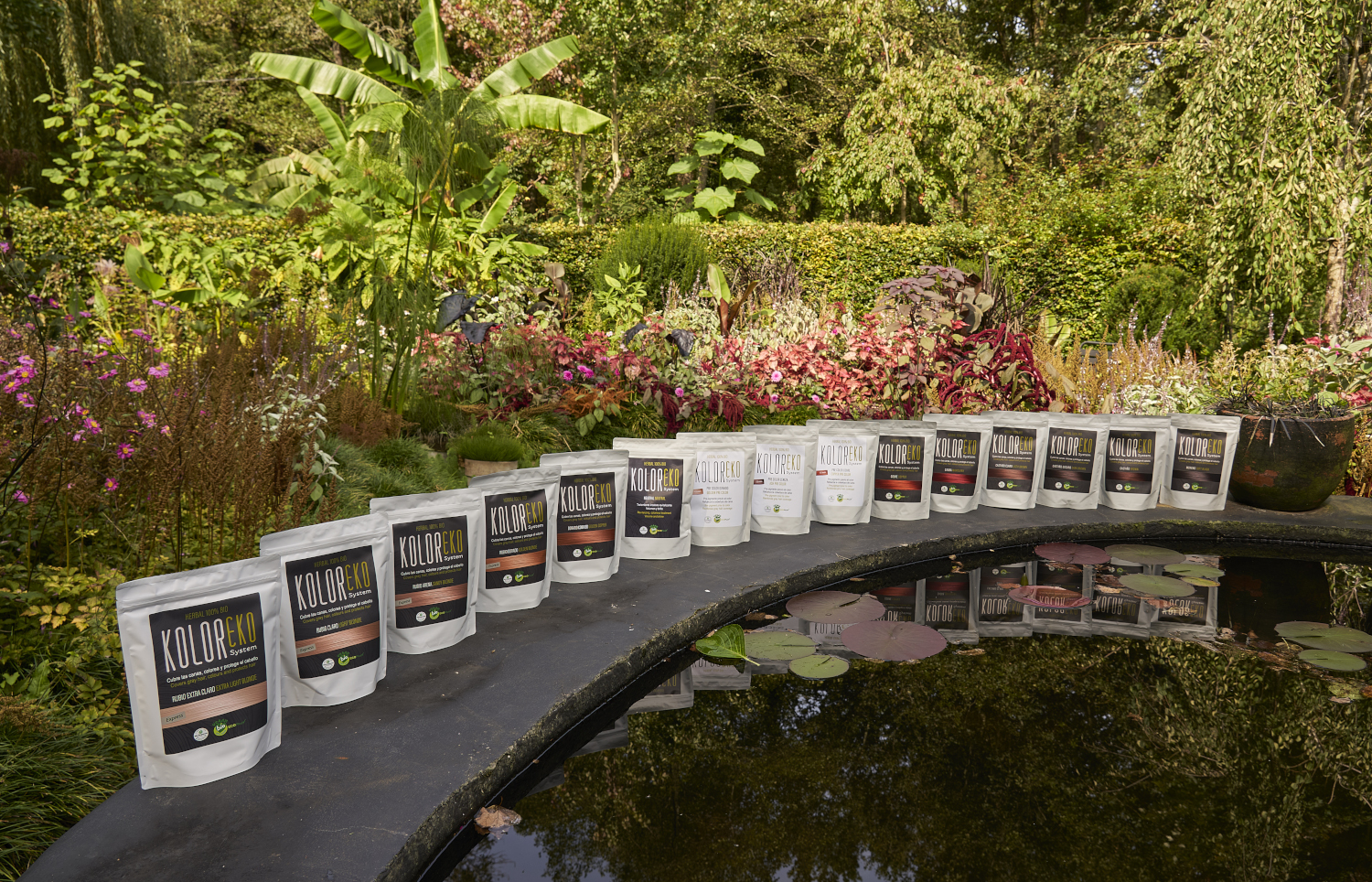Leeks and salt, hard vegetables
- We have long said: we brought to the leek (Allium porrum) an unfamiliar annoying worm, which by way of a letterhead pierced the middle worm's flesh and was wasted to eat; it was the worm of the sitsa Acrolepiopsis assectella.

This scourge has been replaced by another worm that I have replaced, since I have not seen any hint since it was explained. The new worm belongs to a fly, the gymnostoma Phytomyza. Adults and worms suck sweat. Gusano will then create pupa or chrysalis in the bottom of the leek, in the maturation metamorphosis. From top to bottom the leek leaves are cracked, which are also wasted.
Two worms are new to our landscape. They do not yet know the whole of the Basque Country, but gradually it goes through the valley, if it goes from fair to fair. Because they don't have enemies, you can quickly get into eating a bird or some other insectivore.
They have no enemy or name in Basque. Newcomers, simple recognition gives us a lot of work. But we would have to give them the name as quickly as possible, as soon as we have the name of one or the other in Spanish… For me it would be good the "sitsa del puerro" and the "pork fly".
The name is a leek and many more vegetables. New vegetables are also included. The leek also looked like this. It was one of the first civilizations in the Sumerian, they knew the Leek, and the Romans brought it to Europe. It is the national symbol of Wales, remembering that in some wars in the seventh century the Welsh took the leek to separate from their rivals. Anglo-saxon made dental paste with semen. In the 10th century, the French abbot Odon Meung collected in his work Macer Floridus the numerous therapeutic uses of the leek, among them to cure venereal diseases.
We use it above all to eat. It is a very widespread vegetable in our culture, unlike in the south of our own. The stories that vegetables have been building in our history are not collected, and we do this work. We Basques have not reversed the history of food. Meanwhile, the expressions say: “Leeks and Salt, Hard Vegetables” and “Corn and Leek, Incandescent Vegetables”. In fact, vegetables. Food, food, vegetables, vegetables…
Udaberrian orain dela egun gutxi sartu gara eta intxaurrondoa dut maisu. Lasai sentitzen dut, konfiantzaz, bere prozesuan, ziklo berria hasten. Plan eta ohitura berriak hartu ditut apirilean, sasoitu naiz, bizitzan proiektu berriei heltzeko konfiantzaz, indarrez, sormen eta... [+]
Ohe beroan edo hotzean egiten da hobeto lo? Nik zalantzarik ez daukat: hotzean. Landare jaioberriek bero punttu bat nahiago dute, ordea. Udaberriko ekinozio garai hau aproposa da udako eta udazkeneko mokadu goxoak emango dizkiguten landareen haziak ereiteko.
Duela lau urte abiatu zuten Azpeitian Enkarguk proiektua, Udalaren, Urkome Landa Garapen Elkartearen eta Azpeitiako eta Gipuzkoako merkatari txikien elkarteen artean. “Orain proiektua bigarren fasera eraman dugu, eta Azkoitian sortu dugu antzeko egitasmoa, bere izenarekin:... [+]
Itsasoan badira landareen itxura izan arren animalia harrapari diren izaki eder batzuk: anemonak. Kantauri itsasoan hainbat anemona espezie ditugun arren, bada bat, guztien artean bereziki erraz atzemateko aukera eskaintzen diguna: itsas-tomatea.
Aurten "Israel Premier Tech" txirrindularitza talde israeldarra ez da Lizarraldeko Miguel Indurain Sari Nagusia lasterketara etorriko. Berri ona da hori Palestinaren askapenaren alde gaudenontzat eta munstro sionistarekin harreman oro etetea nahi dugunontzat, izan... [+]
Sare sozialen kontra hitz egitea ondo dago, beno, nire inguruan ondo ikusia bezala dago sare sozialek dakartzaten kalteez eta txarkeriez aritzea; progre gelditzen da bat horrela jardunda, baina gaur alde hitz egin nahi dut. Ez ni optimista digitala nauzuelako, baizik eta sare... [+]
Bada Borda bat ilargian. Bai, bai, Borda izeneko krater bat badu ilargiak; talka krater edo astroblema bat da, ilargiaren ageriko aldean dago eta bere koordenadak 25º12’S 46º31’E dira; inguruan 11 krater satelite ditu. Akizen jaiotako Jean Charles Borda de... [+]
Donostiako Amara auzoko Izko ileapaindegi ekologikoak 40 urte bete berri ditu. Familia-enpresa txikia da, eta hasieratik izan zuten sortzaileek ile-apainketan erabiltzen ziren produktuekiko kezka. “Erabiltzaileen azalarentzat oso bortzitzak dira produktu gehienak, baina... [+]








